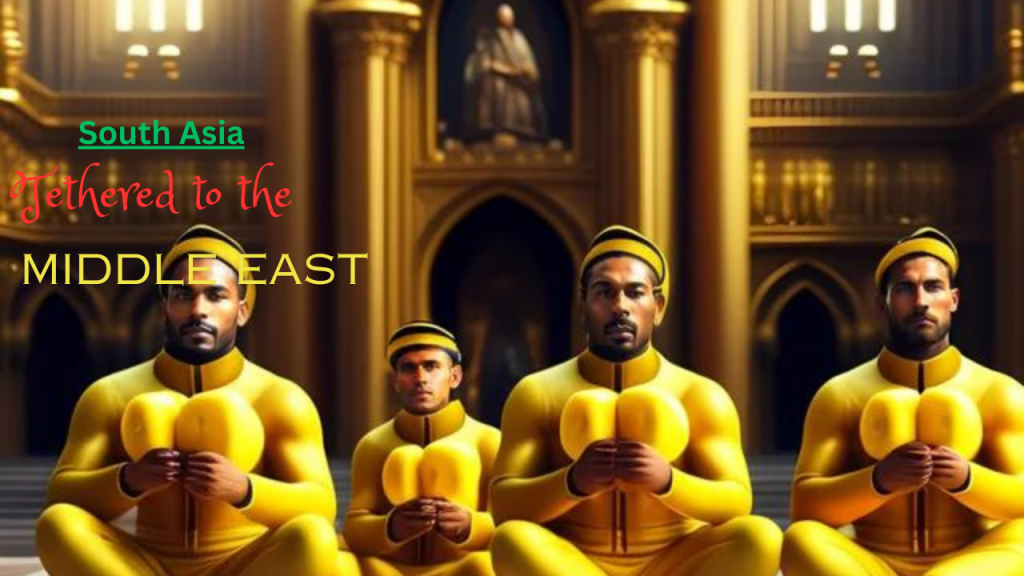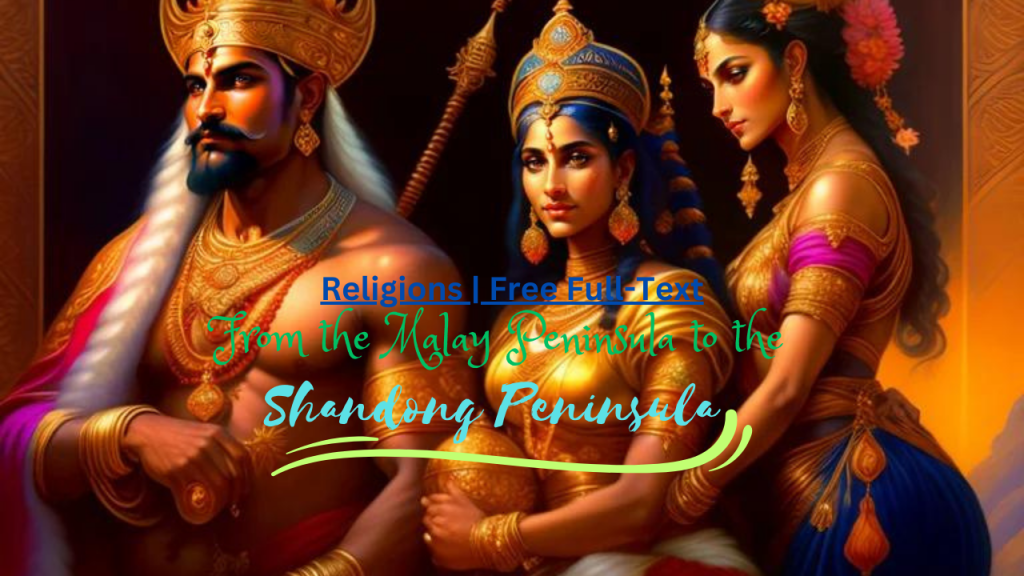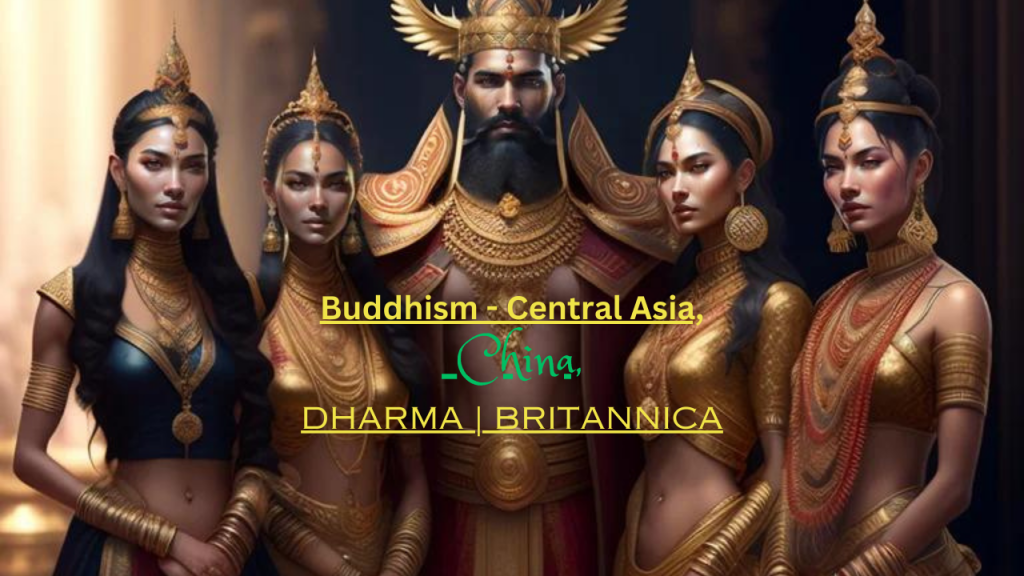Step2 Rain Showers Splash Pond Toddler Water Table, Outdoor Kids Water Sensory Table, Ages 1.5+ Years Old, 13 Piece Water Toy Accessories, Blue & Green
$79.99 (as of May 8, 2024 18:54 GMT +00:00 - More infoProduct prices and availability are accurate as of the date/time indicated and are subject to change. Any price and availability information displayed on [relevant Amazon Site(s), as applicable] at the time of purchase will apply to the purchase of this product.)Religious Syncretism in South Indian Dynasties: A Tapestry of Harmony
The South Indian Melting Pot
South India has long been a crucible of diverse cultures, faiths, and traditions, where various dynasties have thrived and left an indelible mark. What sets this region apart is the extraordinary phenomenon of religious syncretism, where different religious beliefs and practices interweave, creating a unique fabric of harmonious coexistence.
Chola Dynasty: The Icon of Tolerance

Embracing Diversity
The Chola Dynasty, a prominent South Indian dynasty, exemplified religious syncretism during its rule. The Chola monarchs were known for their tolerance and acceptance of different faiths. Hinduism, Buddhism, Jainism, and even indigenous tribal beliefs all coexisted under the Chola reign.
Temple Architecture
The Chola Dynasty’s architectural prowess extended to their temples. The grand structures they built were not just places of worship for Hindus but also repositories of art, history, and philosophy. These temples often featured inscriptions and sculptures that celebrated various religious beliefs, illustrating the inclusive ethos of the time.
Pandya Dynasty: A Tapestry of Faiths

Jain Influence
The Pandya Dynasty, another influential South Indian ruling family, showcased a rich tapestry of faiths. Jainism had a significant presence in the Pandya Kingdom, with rulers patronizing Jain temples and literature. This religious diversity fostered an atmosphere of mutual respect among its subjects.
Vijayanagara Empire: The Epicenter of Unity

A Grand Confluence
The Vijayanagara Empire, which emerged in the 14th century, was a melting pot of diverse religions. Hinduism, Jainism, and Islam flourished side by side. The rulers of the Vijayanagara Empire recognized the value of this diversity, promoting religious harmony and mutual understanding among their subjects.
Architectural Splendor
The architectural marvels of the Vijayanagara Empire, including the iconic Virupaksha Temple, stand as testaments to this religious syncretism. These temples blended various architectural styles and celebrated deities from different faiths, creating a visual representation of unity in diversity.
Chera Dynasty: Embracing All

A Cultural Fusion
The Chera Dynasty, known for its extensive maritime trade, also embraced religious diversity. The kingdom was a crossroads for people of various faiths, and this cosmopolitan atmosphere encouraged cultural exchange and a blending of religious traditions.
The Legacy of Syncretism

Religious syncretism in South Indian dynasties was not just a historical chapter; it left a lasting legacy. Even today, South India is a tapestry of religious beliefs, with people of different faiths living in harmony. The ancient spirit of acceptance and coexistence continues to be an integral part of South Indian culture and society.
In conclusion, the South Indian dynasties set an enduring example of religious syncretism, where diverse beliefs and practices coexisted, enriching the region’s cultural and social fabric. This remarkable phenomenon continues to inspire us, emphasizing the importance of tolerance, harmony, and unity in a world marked by diversity.




